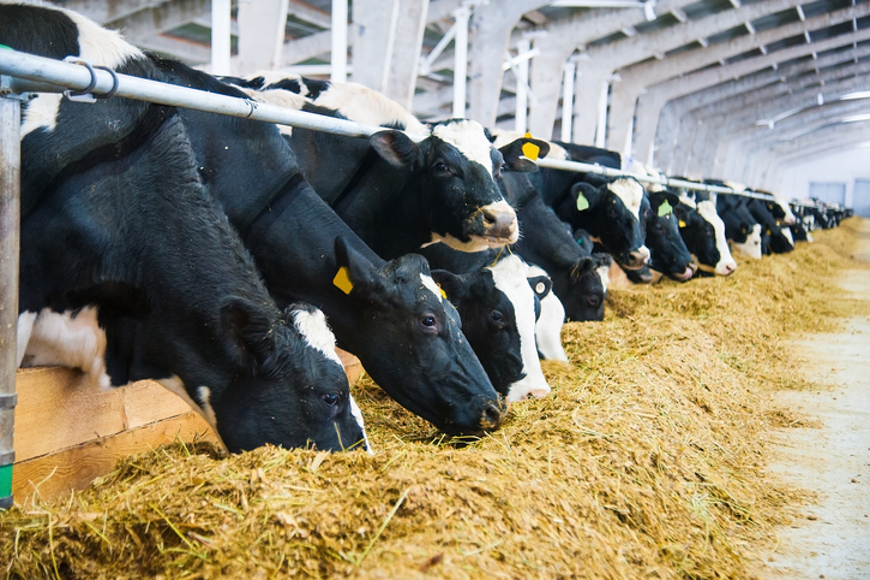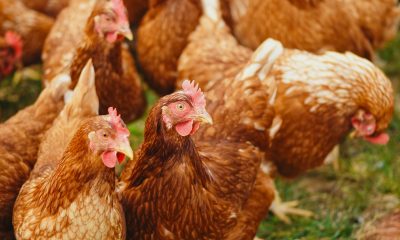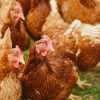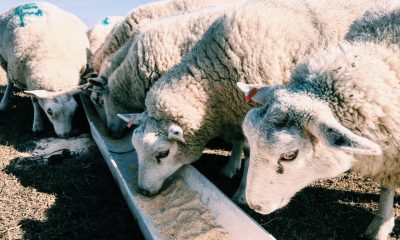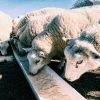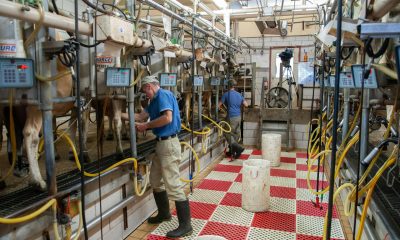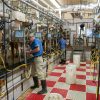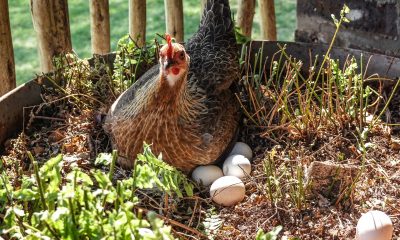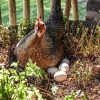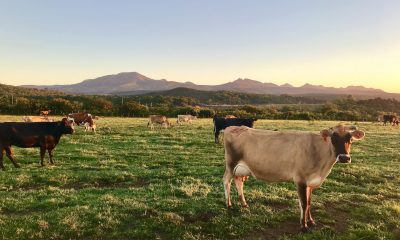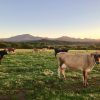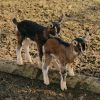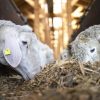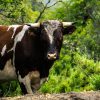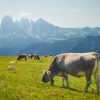Benefits of soybean meal in dairy cows
Dairy cows usually require more maintenance and nutrition as compared to other bovines. These requirements increase by many folds during lactating period. The highest cost of milk production is indeed for feeding dairy cows during their lactating period. In such a situation, the real challenge is finding a balance between the financial practicality and nutritional value of the diet. The farmer must choose the feed that meets the cow’s daily requirements, like maintenance, body reserves, reproduction and milk production, and commercial viability.
Soybean meal is one such meal which qualifies the above conditions as well as has some additional benefits.
What is a soybean meal?
Soybean meal is a by-product obtained while extracting oil from soybean seeds. Soybean seeds are one of the main oilseeds, and India ranks number one in the production of soybean seeds in Southeast Asia. Generally, soybean seeds have an oil content of 16 to 22 per cent, which is extracted, and the residual soybean meal consists of about 1 per cent of oil content which is a common feed for farm animals.
Why soybean meal?
1. The high protein content of soybean meal
Soybean meal consists of about 44 to 48 per cent of protein content. It is considered an excellent source of protein for dairy cows and other farm animals. Soybean is known to have very high concentrations of lysine. To put it into perspective, soybean meal has more lysine content than dried skim milk.
This provides a high protein content diet for dairy cows. Since protein is one of the vital requirements for metabolic functions like growth, reproduction and lactation, the high protein content in soybean meals makes it a perfect protein supplement for the animal. Nevertheless, soybean has the highest amount of crude protein available among the plant-derived protein sources available.
2. High Carbohydrate content
Carbohydrates are one of the main energy sources for any dairy animal. Carbohydrates can add up to 75 % of the animal’s diet. Carbohydrates can provide the animal with vital energy for muscle movement and help it stay warm by burning energy. One challenge in this area is that carbohydrate is never stored in the animal’s body. It has to be provided in the diet daily. Once again, soybean meal can be a solution to the problem as it contains as many carbohydrates as proteins. The carbohydrates present in soybean meal include oligosaccharides, free sugars, starch and non-starch polysaccharides, which are enough to meet the animal’s daily carbohydrate needs. Soybean meal also consists of disaccharide sucrose, an easily digestible carbohydrate that is a high energy source combined with palatability.
3. Amino acid content
Amino acid is another important nutrient that should be included in a dairy cow’s diet. Amino acids are the building blocks of proteins, and it helps the animal develop a strong immune system. The amino acid also plays a crucial part in body muscle development and helps in generating hormones and neurotransmitters. A dairy cow requires about 20 different amino acids that can be combined in different ways to create a large number of proteins.
Among these 20 amino acids, 10 of them cannot be prepared by the animal and should be obtained through diet. A good soybean meal provides about 10 essential and ten non-essential amino acids. The essential amino acids include Histidine, Isoleucine, Arginine, Leucine, Lysine, Methionine, Phenylalanine, Threonine, Valine, tryptophan and non-essential amino like Alanine, Asparagine, Aspartic acid, Glutamine, Cysteine, Glutamic acid, Glycine, Proline, Tyrosine and Serine. Soybean meal is one of the most cost-effective feeds which can provide amino acids to the animal. Also, it contains adequate lysine content and ranks top in Threonine digestibility.
4. High Apparent Metabolizable Energy (AME)
Apparent Metabolizable Energy or AME is calculated by subtracting the gross energy contained in the cow’s urine, faeces and other gaseous digestion products from the gross energy of the feed consumed. The importance of this calculation arises because not all cows can digest every high energy meal. So a calculation solely based upon the amount of energy contained in the intake would be inaccurate because of the digestive factors of the cow.
Given such a situation, soybean meal is known to have high values of Apparent Metabolizable Energy, when formulated correctly and provides the dairy animal with a diet which is highly nutritious and digestible.
5. Palatability
As we all know, palatability is an important factor determining ruminants’ feed intake, especially dairy cattle. They can be highly picky eaters, which can mess with the feed intake. Providing a dairy cow with a non- palatable high energy feed is no different from feeding a poor quality diet. A non-palatable feed can reduce the intake considerably, and it becomes a huge problem in the case of dairy cows since this can drastically affect the milk yield of the animal. A well-formulated soybean meal is a highly palatable feed and can increase the feed intake and consequently increase the milk yield. To sum up, soybean meals have excellent qualities, both nutritional and agronomic. The soybean meal can provide the animal with a balanced diet with adequate protein content and well-balanced sucrose contents. It is also a highly digestible and metabolizable intake with low fibre content, which can increase the productivity of dairy cattle. Apart from all this, one should take extra caution when preparing soybean meals by not overheating or underheating them before feeding.
An adequate amount of heating of the soybean meal can also reduce the amount of Trypsin Inhibitors (TI) present even though they are not that big a risk for ruminants.
